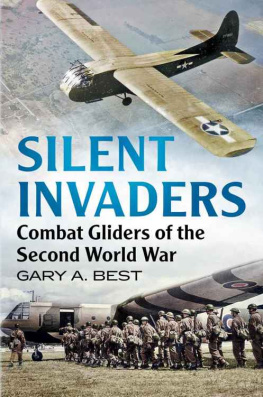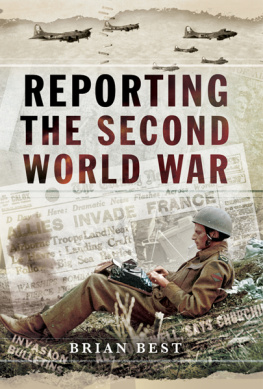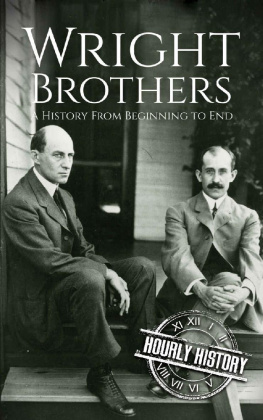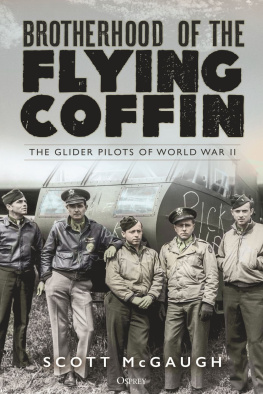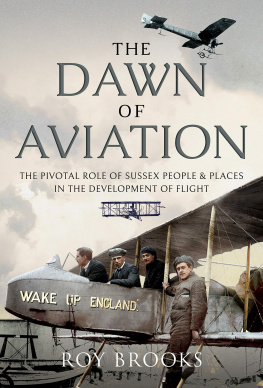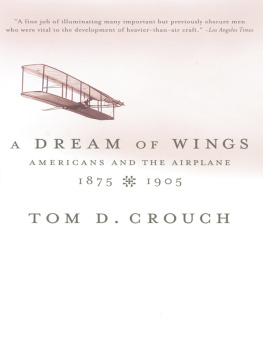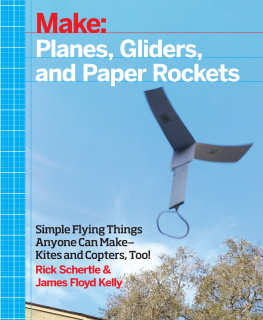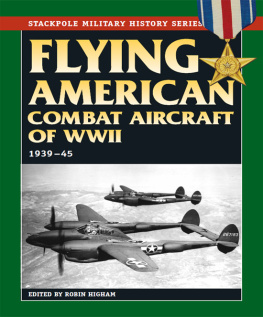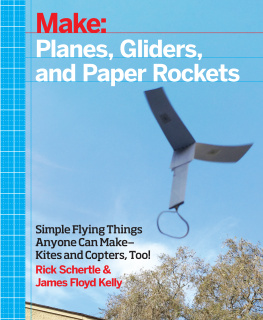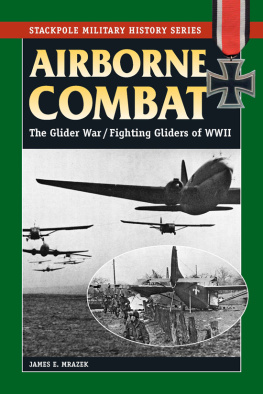RAF C-47 Dakota aircraft turning away after releasing their gliders. Horsa and Waco gliders lie in the fields below; Normandy, June 1944. AP Photo/U.S. Air Force
Fonthill Media Language Policy
Fonthill Media publishes in the international English language market. One language edition is published worldwide. As there are minor differences in spelling and presentation, especially with regard to American English and British English, a policy is necessary to define which form of English to use. The Fonthill Policy is to use the form of English native to the author. Gary A. Best was born and educated in the United States and now lives in southern California therefore American English has been adopted for the text narrative in this publication.
However, to complicate matters, the quotations are from both British and American sources, and the author and publishers believe this should be kept as near as feasible to the original written source. In consequence, the indented quoted material is a mixture of both British and American English.
Fonthill Media Limited
Fonthill Media LLC
www.fonthillmedia.com
First published in the United Kingdom and the United States of America 2014
British Library Cataloguing in Publication Data:
A catalogue record for this book is available from the British Library
Copyright Gary A. Best 2014
ISBN 9781625450005
The right Gary A. Best to be identified as the author of this work has been asserted by him in accordance with the Copyright, Designs and Patents Act 1988.
All rights reserved. No part of this publication may be reproduced, stored in a retrieval system or transmitted in any form or by any means, electronic, mechanical, photocopying, recording or otherwise, without prior permission in writing from Fonthill Media Limited.
Typeset in 10pt on 13pt Sabon LT Std
Printed and bound in England
Contents
Foreword
The use of cargo gliders during the Second World War is an oft overlooked chapter in the history of the conflict. Airborne operations were a major element in the strategy and tactics of the Allies, especially the Americans and the British. Cargo gliders (combat gliders in the jargon of the pilots who flew them) made airborne operations possible. No gliders, no airborne troops behind enemy lines. Period.
A number of books written over the last four decades tell the history of the military operations the gliders participated in. Others discuss the training program or the research and development aspects of the gliders. None have been as balanced, comprehensive and well-illustrated in regards to the whole cloth of the program. In this book you will read about the entire program, from conception to technical developments, from how to fly them to who flew them. This work will become a standard in the field as a result of this breadth. All those who have an interest in the Second World War glider program, or in Second World War airborne operations in general, will need this volume in their library.
Professor Best approached the field operations of the glider pilots in a novel way. Rather than write hour by hour, day by day accounts of the major missions the gliders flew, he produced a readable blend of traditional narrative history which sets the stage for his individual personal narratives. And the narratives themselves are a compilation of individual experiences, which give a broader overall feel for the life and times of the pilot. It was important to do this, to make it clear to the reader that these men had many shared experiences, but also many different outcomes as they went into battle. Some pilots did not live to complete their landings, while in the same Landing Zone, at the same time, another pilot touched down without a scratch. The reader will know that there are no cookie-cutter experiences in combat; shared experiences yes, identical ones, no.
Donald Abbe, Ph.D.
Curator, Silent Wings Museum
Lubbock, Texas
82nd Airborne load a 75 mm howitzer into a CG-4A Troop Glider during training at Oujda, French Morocco, North Africa a month before the Sicily invasion, Operation Husky, 11 June 1943.
Preface
Silent Invaders, Combat Gliders of the Second World War, is primarily a book about the men who piloted gliders and those who flew in them. To the extent possible it is written in a continuous narrative, often combining first person accounts from more than one person so that those experiences will have multiple perspectives of the same scene, battle, flight, landing, and related experiences. Unit names, flight and squadron numbers and other identifiers are, for the most part, not identified, outside of a larger descriptive framework so that one is able to concentrate of what an individual saw, heard, felt, or accomplished.
William F. Dawson, editor of The All American Paraglide, the VE DayMay 1945 supplement to the 82nd All American Airborne Division newspaper provides a good example of the lack of name and unit specifics in his editorial column: Specific mention of units and individuals is avoided whenever possible so that all material may have universal appeal. I followed this example in describing the events that took place involving the glider men who contributed to the content of the narrative throughout the text. In some instances, names or unit identifications are so inextricably associated with a specific operation that omitting them would limit the overall description of the action in which participants were involved.
Although memories of many events in our lives tend to fade or lack specificity, those who talked to me about their war related stories were very clear about what they did and where their participation occurred. The sequence of events may not have always been accurate in the retelling, but the sights and sounds of flights and battles remembered by the glider men involved remain sharp and in some cases painful.
It has been said that truth is stranger than fiction. The recollections provided here are true as remembered, for in fiction there is no equivalence.
Gary A. Best
August 2014
They were the personification of bravery.
CG-4A Troop Glider being recovered at Wesel, Germany 1 April 1945.
M45 Quadmount Anti-Aircraft machine gunners make their temporary living quarters under the wing of a Waco CG-4A Glider, 1 April 1945.
PART 1
The Machines
1
The Beginning
At the 11th hour of the 11th day of the 11 month of 1918 hostilities between Allied forces and Germany were terminated bringing an end to the First World War. The agreement signed earlier that same day set the terms for the armistice that included in addition to the cessation of hostilities, the withdrawal of troops to behind Germanys borders, the exchange of prisoners of war and the payment of war reparations. The terms of the armistice were non---negotiable and included a provision that The armed forces of Germany must not include any military or naval air forces.

